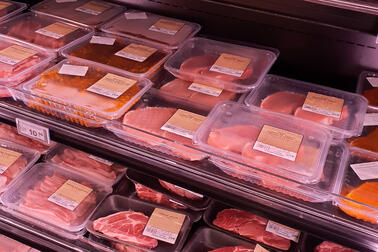
Sauces are an essential part of food portions, but their microbiological quality has been studied in some previous projects only as part of the whole. In Helsinki, for example, the quality of chilled food prepared in restaurants has been investigated between 2021 and 2022. It was found that some of the samples with poor microbiological quality were sauces.
Sauce samples were taken at 108 restaurants. A total of 174 samples were taken, 145 of which had been prepared by heating them; the preparation of 29 sauces required no heating process. In addition to this, 13 repeat samples were collected due to poor results.
All samples were first subjected to a sensory assessment (odour, appearance) and tested for pH, Bacillus cereus, yeast and mould. The samples were also tested for the colony count of aerobic bacteria, enterobacteria, Escherichia coli and salmonella, depending on the sauce. In connection to taking the samples, factors such as the temperatures of the samples and their date of preparation were reviewed.
Sauces made by heating got better results in the study
Of all the sauce samples, 80 per cent had good microbiological quality, while 12 per cent had a tolerable quality and 8 per cent poor quality. The samples assessed as being tolerable are still considered to be fit for human consumption. Of the sauces prepared by heating them, 86 per cent were of good quality and of unheated sauces 52 per cent were of good quality.
The main reason for the poor quality of samples from sauces prepared through a heating process was the high total colony count of aerobic microbes, while for the unheated sauces the main reason was high content of yeast. No presence of salmonella or Escherichia coli – signs of faecal contamination – was discovered in the samples.
The heating process destroys microbes, which could be the reason for the better test results of sauces prepared through a heating process.
“The cleanliness and freshness of vegetables and herbs used for unheated sauces are important factors in ensuring quality and safety,” says food inspector Terhi Juppi from the City of Helsinki’s Environmental Services.
The temperature of sauces assessed to be of poor or tolerable microbiological quality was slightly more often over 6 degrees during the sampling than of those assessed to have a good quality, which could partially be the reason for poorer results. Sauces assessed to have a poor quality had not been stored for longer than the other samples. However, some sauces had fairly long total shelf-lives determined for them. The acidity of the sauces (pH) was not discovered to have any effect on the microbiological quality of the products.
In monitoring, special attention should still be paid on temperature management and storage times, as well as on the freshness and cleanliness of the vegetables and herbs used.


